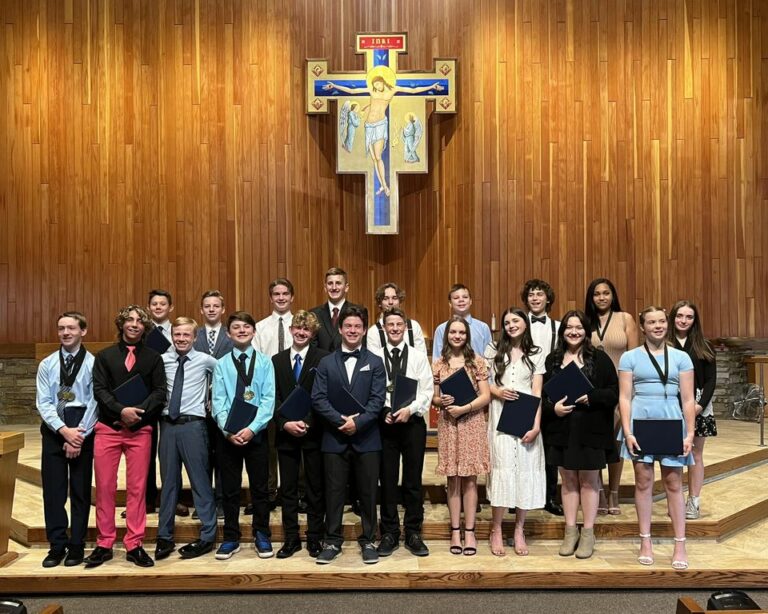At its heart, science is about asking questions and performing investigations to answer those questions. Consequently, our science curriculum frequently will utilize hands-on learning. Students will thus learn to collect, interpret, analyze, and present data. Students will also keep notebooks as they investigate and use their science notebooks throughout the class.



